How do artists make money beyond the old-school CD sales? As physical media fades, musicians are embracing digital platforms and inventive strategies to boost their income.
From social media and live performances to streaming services and even NFTs, the possibilities are vast.
For artists aiming to increase their earnings and connect with fans, platforms like Sellfy provide a flexible solution for selling digital products, merchandise, and more directly to their audience.
Let’s explore the varied methods musicians are employing to generate income in 2024.
1. Social media & digital content
Remember when we used to discover new music on the radio or through CD stores?
Well, now TikTok is where it’s at! This platform has revolutionized how artists gain exposure. When a song goes viral on TikTok, it can catapult an indie artist into the limelight practically overnight.
Musicians today are creating catchy snippets of their songs specifically designed for TikTok’s short-form video format.
They understand the power of a 15-second clip to make a huge impact. Take Lil Nas X’s “Old Town Road” for example; it all started with a viral TikTok video.
This platform has become a game-changer for artists looking to get noticed and make some money from their craft. Thanks to TikTok’s algorithm, which loves catchy, short-form content, going viral is more achievable than ever.
Imagine this:
A single TikTok video using your song could lead to millions of streams, boosting your visibility and even landing you some sweet brand deals.
Additionally, TikTok’s Creator Fund and other monetization features allow artists to earn money directly from their content. So, not only do they gain exposure, but they also get paid for it! Aside from TikTok, YouTube and Instagram are also powerful tools for music artists to monetize their craft.
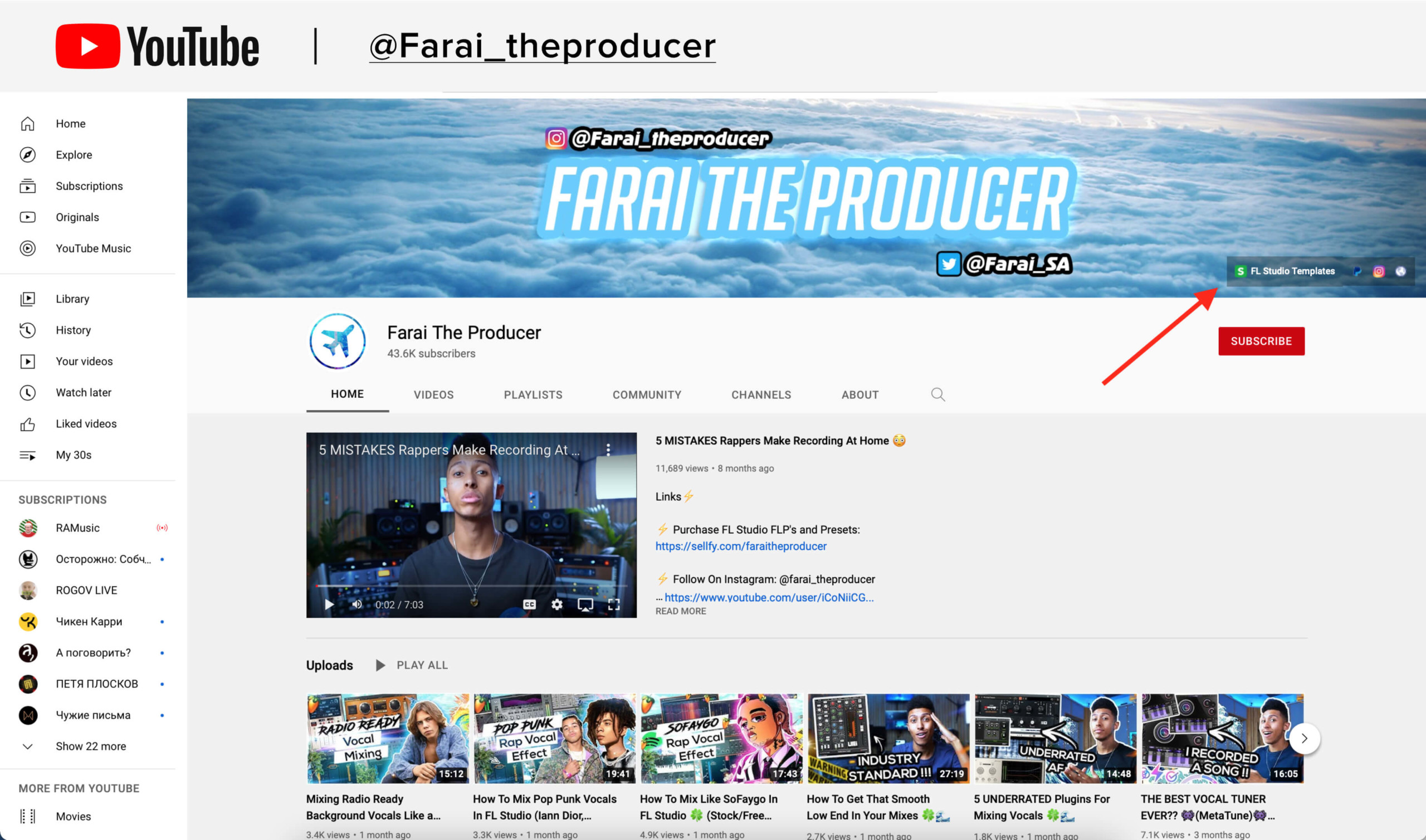
For example, Youtube offers multiple revenue streams for musicians—from ad revenue generated by views to the YouTube Partner Program, which pays creators based on engagement.
Artists often use YouTube to release music videos, behind-the-scenes content, and vlogs that keep fans engaged and coming back for more.
Another exciting aspect of YouTube is membership and Super Chat features during live streams. Fans can support their favorite artists directly by becoming channel members or donating during live performances. It’s like having a digital tip jar!

Instagram has also evolved into a critical platform for musicians. With features like Reels, Stories, and Live, artists can share different types of content to keep their audience hooked.
Sponsored or boosted posts and brand collaborations are another significant income stream. Brands are always on the lookout for influencers with engaged followings, and musicians fit the bill perfectly.
By partnering with brands for paid promotions, artists can earn a pretty penny while promoting products that resonate with their personal brand.
2. Live performances
Let’s talk about live performances. They’ve always been a huge part of how artists make their money, right? In 2024, things have gotten even more interesting.
Sure, traditional concerts are still a big deal, but now we’ve got virtual performances happening in places like Fortnite Live. Going on tour is still a fantastic way for musicians to make money.
It’s not just about selling tickets—there’s also the merch, the VIP packages, and that unique chance to connect directly with fans. But now, with virtual concerts, artists can take things to another level.
Imagine performing in Fortnite, Roblox, or other virtual worlds! These platforms let artists reach global audiences without worrying about the constraints of physical venues.
Plus, virtual shows often come with cool extras like exclusive content, interactive experiences, and limited-edition merch. So, it’s a win-win: artists get more ways to make money and fans get more ways to enjoy their favorite music.
3. Music streaming
Music streaming is basically how most of us listen to our favorite tunes these days, and it’s become a key way for artists to make a living. Think about platforms like Spotify, Soundcloud and Apple Music.
These services pay artists a share of the money they make from subscriptions and ads.
Now, you might wonder, “How much can they really make from a streaming platform?” Well, on a per-stream basis, it might not look like much.
But, when a song gets played millions of times, those tiny earnings start to add up. Plus, getting your music featured on popular playlists can be a game-changer, boosting both your earnings or streaming royalties and visibility.
Sure, the payment per stream isn’t huge, but if an artist’s music is getting streamed consistently, it can lead to a reliable income. And when you combine that with other ways to make money, streaming can be a solid part of an artist’s financial mix.
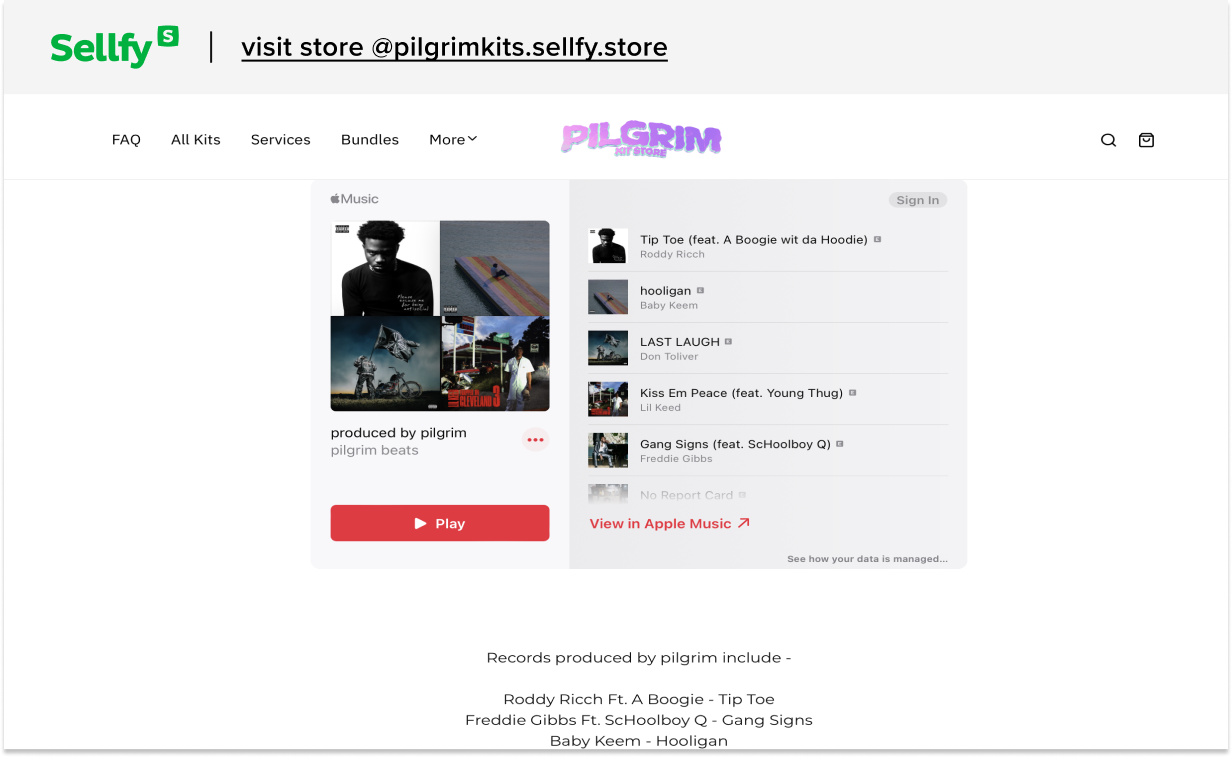
4. Record sales
Even though CDs might not be as popular as they once were, record sales are definitely still alive and kicking. Artists are making money from digital downloads and physical sales, like vinyl records, which have surprisingly made a big comeback.
Digital downloads are a great way for fans to own music directly. Platforms like iTunes are still around, which gives people a place to buy their favorite tunes. But, let’s not forget about physical sales! Vinyl records, in particular, have become super trendy again.
Fans love the physical connection they get from owning a record. And it’s not just vinyl—limited-edition cassettes and even CDs are back in the game! Artists can sell these through their own websites, online marketplaces, and at live shows.
It’s a cool way to give collectors and die-hard fans something special, while also bringing in some extra cash.
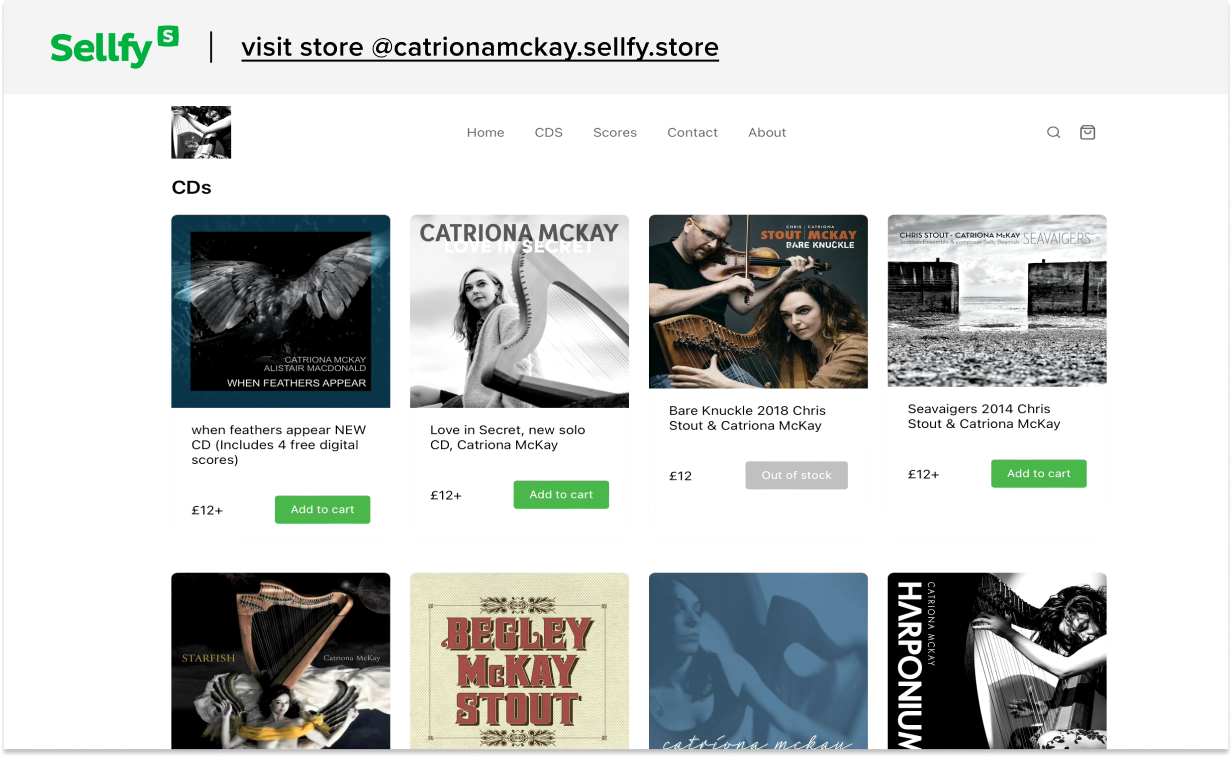
5. Performance royalties
Performance royalties are one of the crucial ways music artists make money today. Every time a song is played live, on the radio, or in public places like cafes or stores, these royalties come into play.
Organizations such as ASCAP, BMI, and SESAC are the ones who collect these royalties on behalf of the artists.
So, picture this:
Whenever an artist’s song gets performed at a concert, aired on TV, or even played in your favorite coffee shop, performance royalties are generated. These royalties are then gathered by performing rights organizations (PROs) and sent to the artist.
For musicians with hit songs, these royalties can turn into a substantial and ongoing source of income, often continuing to roll in years after the song first premiered.
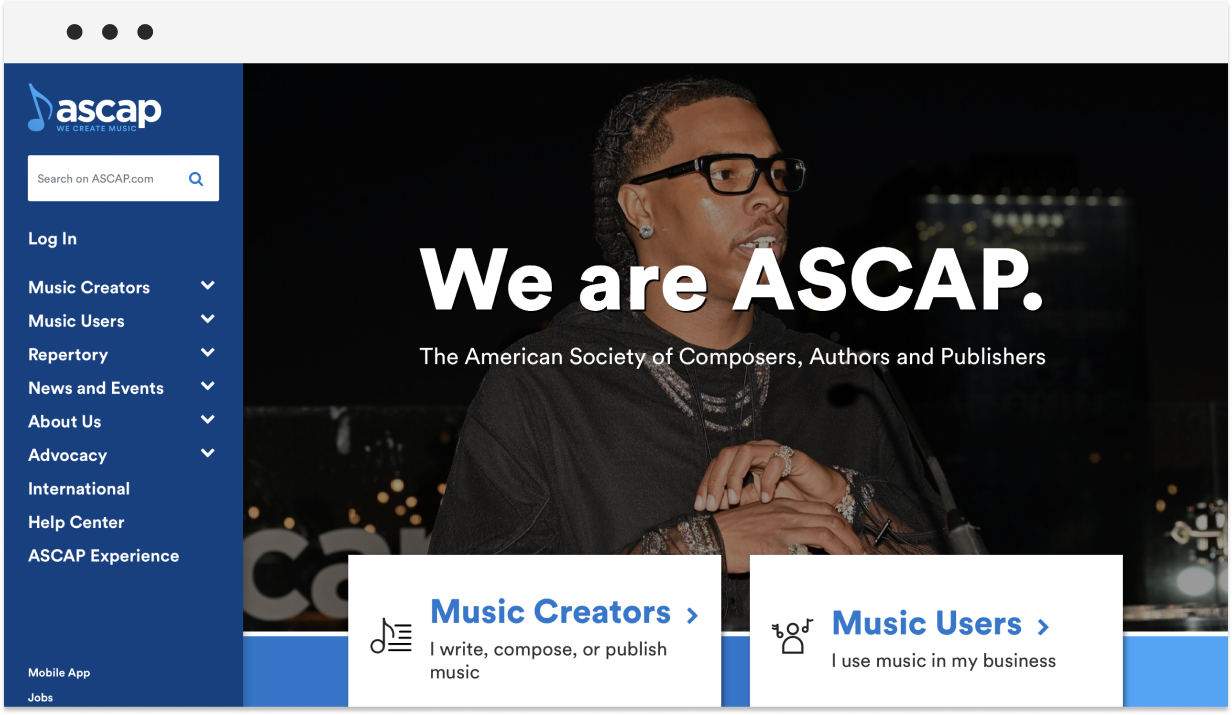
6. Music publishing
Alright, let’s talk about music publishing, which is a big deal for songwriters and composers. Basically, whenever their music gets used in a commercial setting—whether it’s on TV, in movies, or even in commercials—they earn money.
This happens through things like sync licenses and mechanical royalties from sales and streams.
So, here’s how it usually works:
Songwriters and composers often sign deals with publishers. These publishers then handle the licensing of their music for different uses. In return, they collect royalties for the artist.
It can be really profitable, especially if a song gets picked up for a major commercial or a blockbuster movie. Plus, every time someone streams, downloads, or buys the song, the songwriter earns mechanical royalties.
So, this means they get a steady flow of income over time.
7. Brand partnerships & sponsorships
Brand partnerships and sponsorships can often be gold mines for artists, allowing them to make bank while teaming up with brands that match their vibe and speak to their fans.
Think about it:
Artists can hook up with brands for endorsements, social media platform campaigns, or even create cool co-branded products. Brands love this because they get to tap into the artist’s dedicated fanbase, and they’re willing to shell out big bucks for it.
And, it doesn’t stop there! Sponsorships can cover tours, music videos, or even exclusive content, giving artists a nice financial boost. The key is for artists to pick partnerships that really fit their brand. This way, they not only make money but also enhance their image.
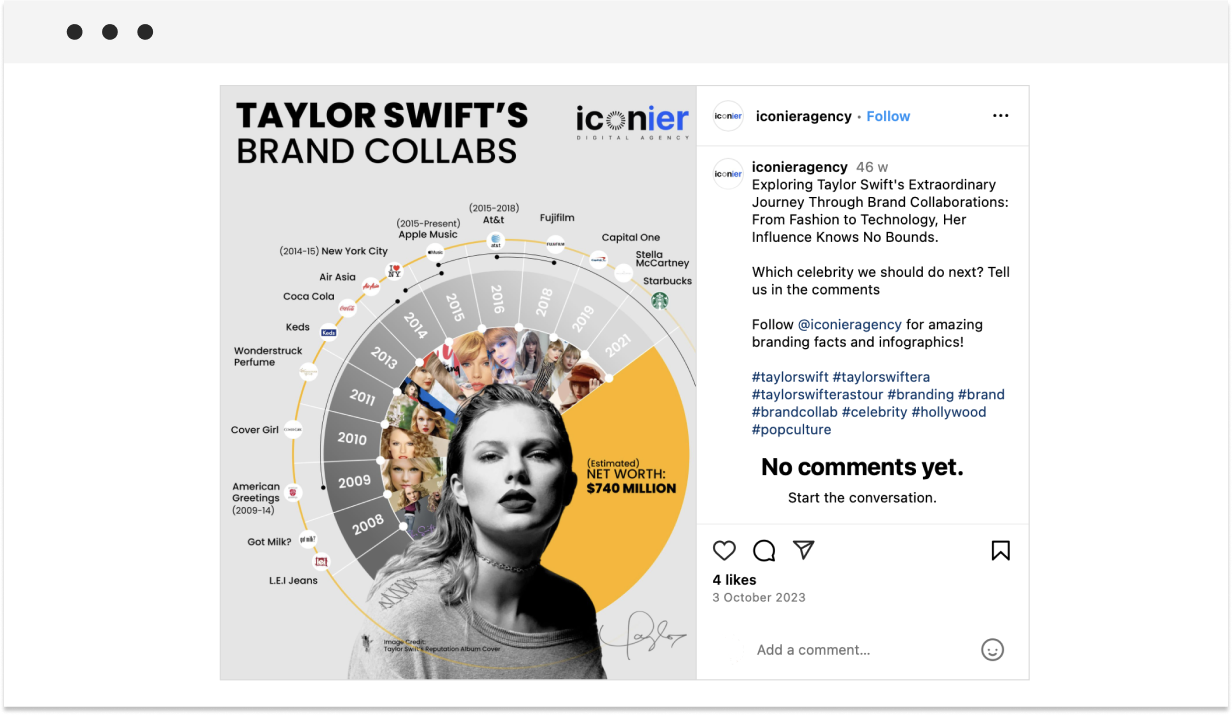
8. Music licensing & sync deals
What about music licensing and sync deals? These are when artists license their music for use in movies, TV shows, ads, video games—you name it.
It’s a pretty sweet gig because it can be really profitable, especially if your song becomes a hit in whatever media it’s featured in. Now, sync deals can be a big payday upfront, plus you might get ongoing royalties, depending on the deal.
Imagine having your track in a popular TV show or a blockbuster movie:
Not only does that mean more money in your pocket, but it also gives you exposure. More people hear your music, and that can lead to even more opportunities.
With content creators always on the hunt for original music, sync deals are becoming a major way for artists to make money. So, if you’re looking to diversify your income as a musician, this is definitely something to consider.
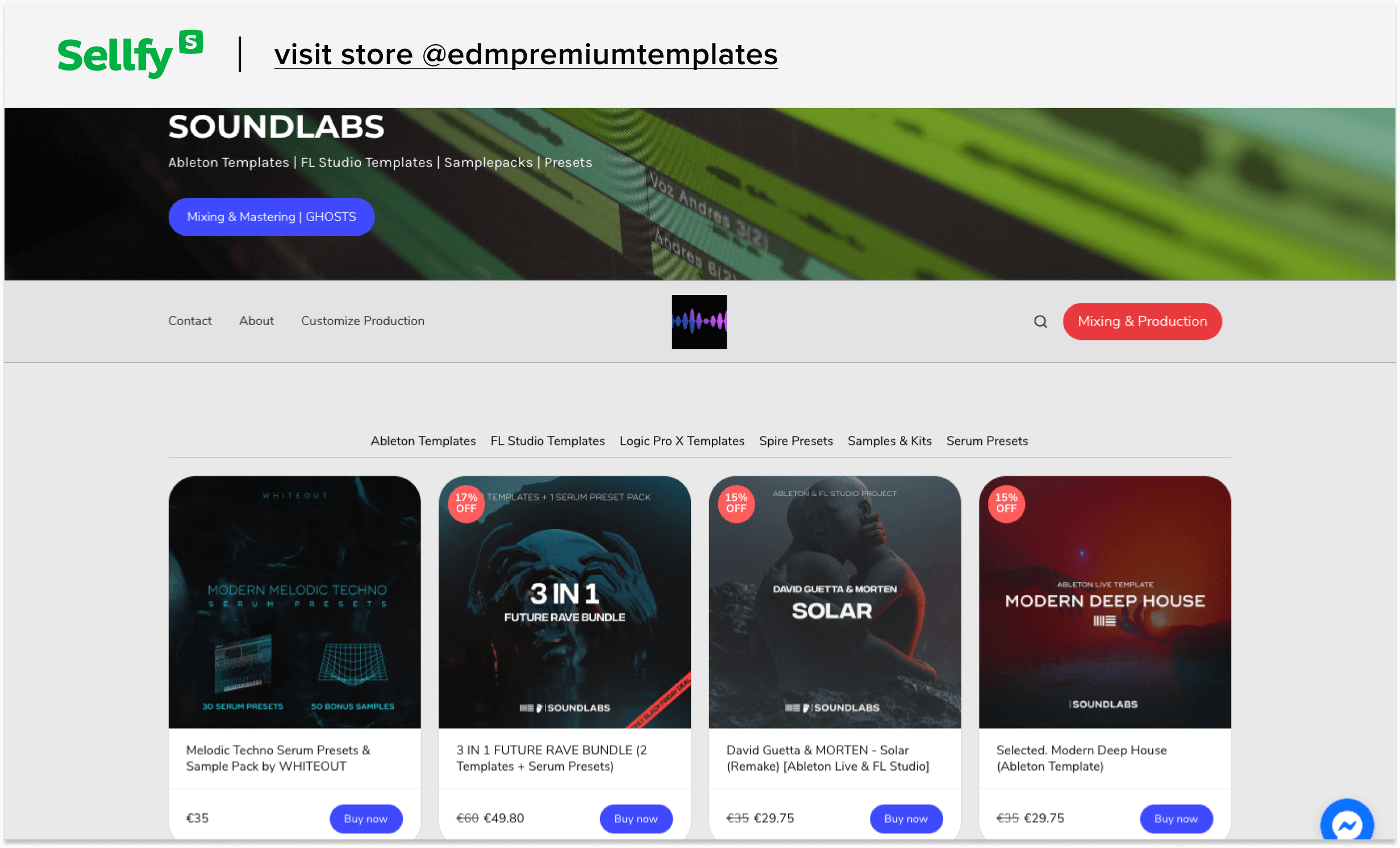
9. Merchandise sales
Merchandise sales have always been a go-to way for indie musicians to make some extra cash, and in 2024, artists are getting even more creative with it.
Sure, you still have the classic t-shirts, posters, and other branded goodies you can snag at concerts or online. But now, artists are diving into direct-to-fan sales through platforms like Sellfy.
These platforms let them offer cool digital products, limited edition items, and even personalized merch.
For instance, limited edition drops are a huge hit—imagine only a handful of items being available. This creates a sense of urgency and excitement, which gets fans buying faster and more enthusiastically.
Plus, with their strong online presence, artists can make the shopping experience super smooth and enjoyable. It’s a win-win: fans get exclusive items, and artists get direct support for their careers.
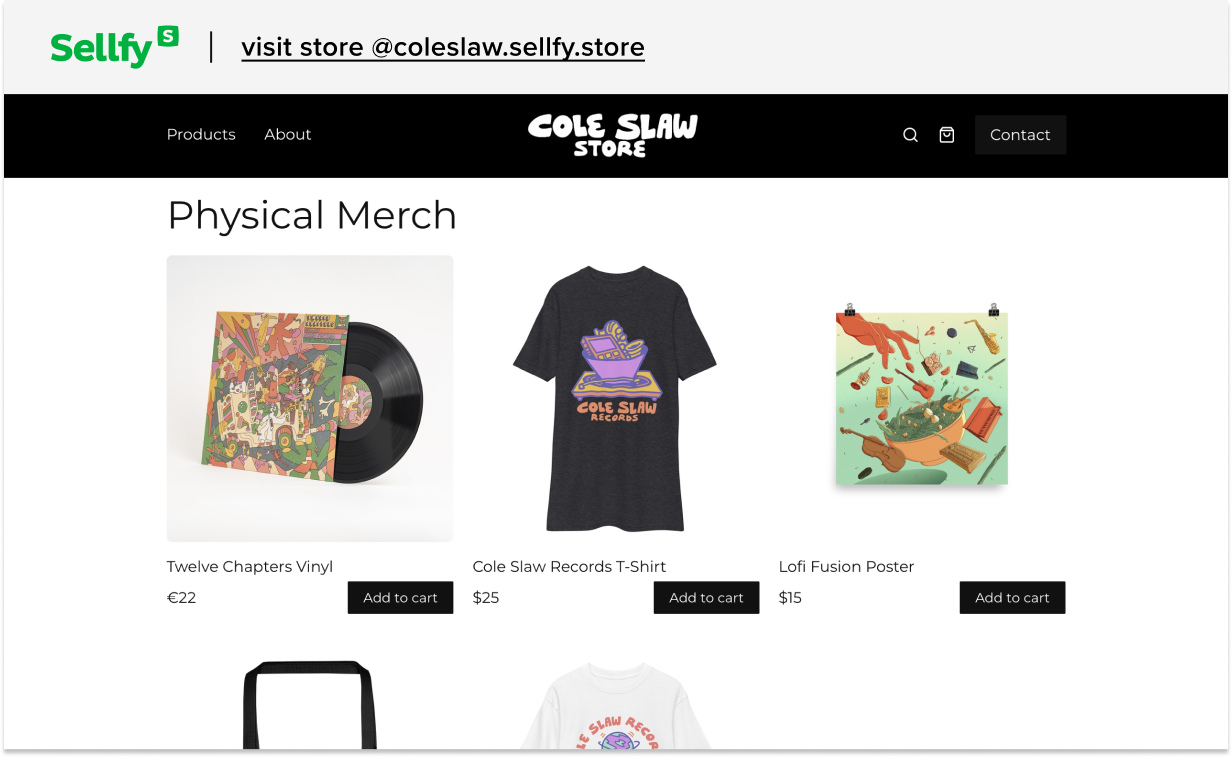
10. Record labels & contracts
Record labels like Columbia and Atlantic are still a big part of the music scene, but things have changed quite a bit. Nowadays, artists need to be really smart about the contracts they sign and the deals they agree to.
A lot of musicians today are choosing to stay independent. Why? Because it lets them keep control over their music and their money.
But, don’t count record labels out just yet! They can still offer a lot of helpful resources like marketing, distribution, and connections in the music industry. The key thing for artists is to really understand what they’re signing up for.
That means knowing all the details about revenue splits, ownership rights, and creative control. With so many independent distribution platforms available now, artists have more choices than ever.
It’s a balancing act—deciding whether to go solo or team up with a label. Each option has its own set of pros and cons.
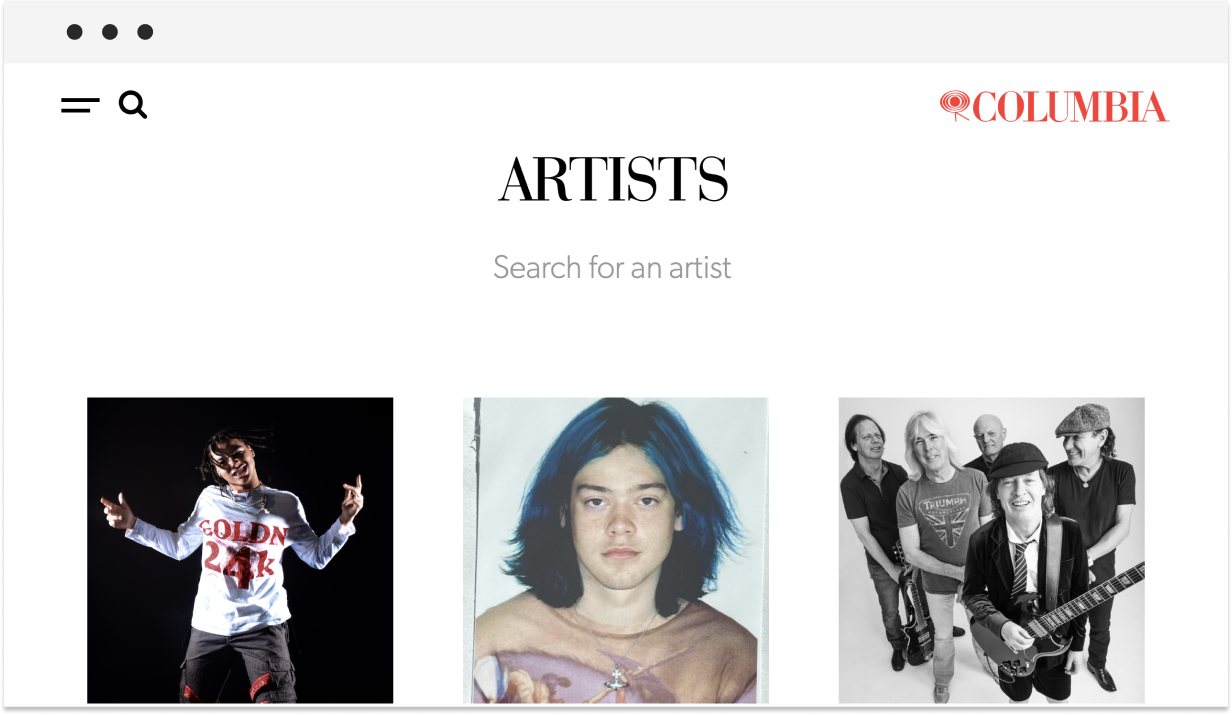
11. Crowdfunding & fan funding
Crowdfunding and fan funding have become game-changers in the music industry. For example, platforms like Patreon and Kickstarter allow artists to connect with their audience while raising money for albums, tours, and other creative endeavors.
So, how does it work? It’s pretty straightforward. Artists rally financial support from their fans, offering cool perks in return. Think early access to new tracks, exclusive merchandise, or even behind-the-scenes content.
Take Patreon, for instance. It lets artists build a community of loyal supporters who chip in a bit each month. In return, fans get sweet bonuses like exclusive music releases or private live streams.
Pretty cool, right? Crowdfunding isn’t just about the money—it’s about building stronger bonds with the fans who make it all possible.
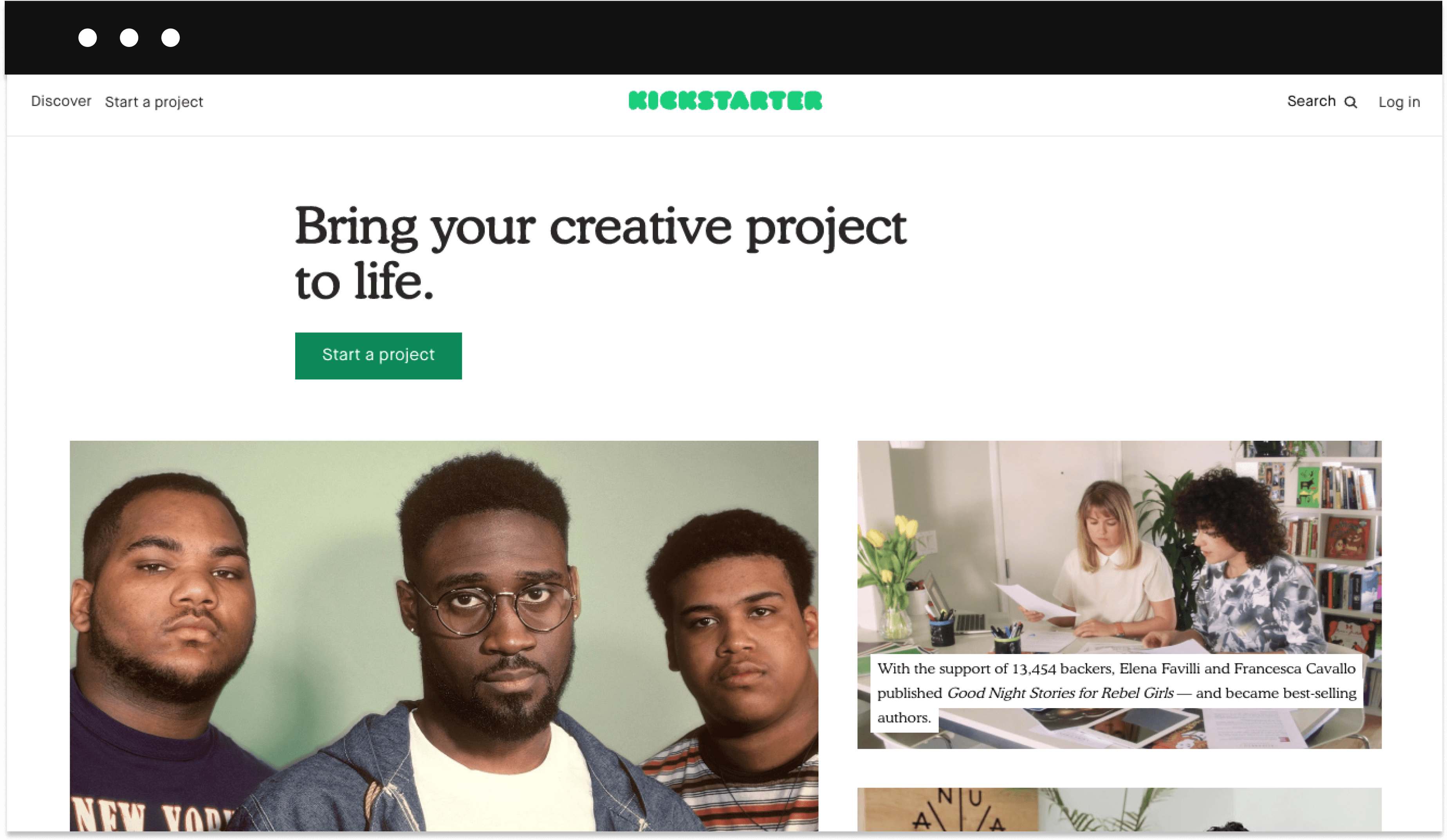
12. NFTs & blockchain technology
Ever heard of NFTs? They stand for Non-Fungible Tokens, and they, along with blockchain technology, are shaking up how music artists make money these days.
Imagine being able to sell digital art, music tokens, and other unique digital goodies directly to your fans—that’s what NFTs are all about.
NFTs have really taken off in the art and music scenes. They give artists a cool new way to earn money from their digital creations, something we couldn’t even dream of a few years ago.
By turning things like music tracks, album artwork, or special behind-the-scenes content into NFTs, artists can sell these one-of-a-kind digital items to fans and collectors who are eager to own something exclusive.
The magic of blockchain technology is that it guarantees each NFT is authentic and unique, which makes them super valuable to buyers. Plus, with smart contracts, artists can set it up so they get a cut every time their NFT is resold.
This means artists could keep earning money long after the initial sale, creating a steady stream of income.
13. Teaching & workshops
One cool way to make money is through teaching and workshops. Yup, many artists are turning into teachers and mentors, sharing their expertise and passion for music either online or in-person.
Imagine your favorite musician offering an online course or a masterclass! Platforms like Teachable, Udemy and Sellfy make it super easy for artists to create and sell these courses to a global audience.
But, it doesn’t stop there. In-person workshops or private lessons can be quite lucrative too, especially for those well-established artists with a solid reputation. Besides, teaching is not just about the money; it’s also about building a legacy.
By passing on their knowledge and skills, artists help shape the next generation of musicians. How awesome is that?
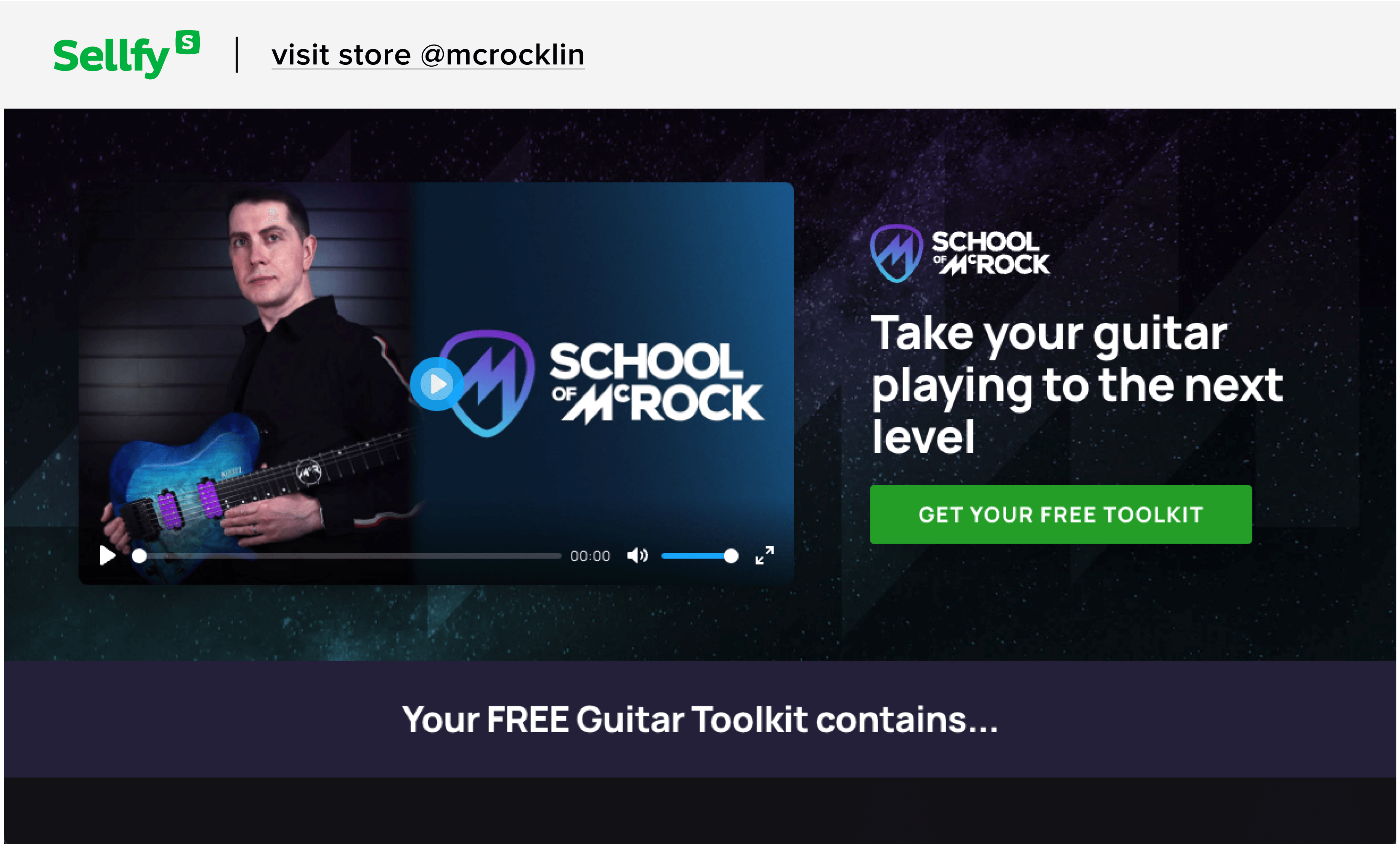
Conclusion
So, we’ve covered a lot of ground on how music artists are raking in the cash these days, without needing to rely on those old-school CDs. The music scene in 2024 is bursting with opportunities.
Think about it—engaging directly with fans, scoring brand deals, or even offering music lessons online. The options are practically limitless!
And as the music industry keeps changing, the artists who roll with the punches and come up with new, creative ways to connect with their fans are the ones who will really hit it big. In this digital-first world, staying flexible and innovative is the name of the game.
If you’re also interested in exploring how artists make money, we have two insightful articles: one focuses on music artists (the article you’re currently reading) and their revenue streams in 2024, and the other discusses how designers can monetize their creative skills; you can check out the original article here on making money as an artist.

